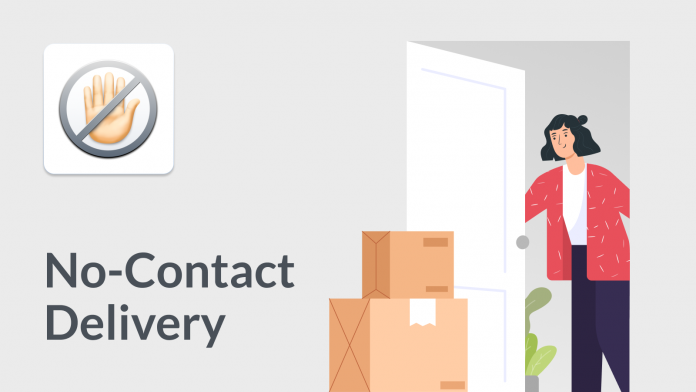The digital revolution is getting ready to move into phase two. It’s an exciting time for business owners who want to leverage all those labor-saving apps and systems that have long been promised. For example, how many years did you hear about the paperless office before it become a near reality? Probably two decades, at least.
The great part of phase two for entrepreneurs is that, unlike phase one’s coding, programming, and other hassles, the latest wave of technology is all user-friendly. Processes and functions like touchless shipping, remote working, no-contact delivery, video conferencing without glitches, e-learning, telehealth, online classrooms, AI, robotics, IoT (the internet of things), and dozens more are ready to go. Of the surge, which ones are the most promising, productive, cost-efficient, and easiest to implement for businesses large and small? Here are the tech trends that appear to be the decade’s leaders as the 2024s finally get underway.
E-Learning and Distance Education

Remote education got a massive boost from the COVID pandemic, proving that some dark clouds have silver linings. The video learning surge had already begun in the early 2000s, as major trade schools, colleges, and universities began offering at least a portion of their course selections online. By the end of 2024, when millions of students all over the world were on lockdown and thousands of schools were closed, the e-learning trend went full force. In fact, some educational institutions liked the idea (and the profits) so much that they greatly expanded their e-course catalogs. Part of the expansion was practical. Teachers, tutors, and instructors of all kinds realized that video classes actually work, and most learners enjoy the flexibility, privacy, and chance to avoid driving back and forth to school. Some of the world’s largest universities now offer 100 percent remote degree programs.
Fleet Management

Any company that uses fleets already knows how quickly technology can transform the entire business paradigm. That’s because fleet management programs, apps, and devices have been around for a while. In fact, it is this segment of the transport sector that led the way with advanced tracking and tracing devices and software. You can review some of the latest breakthroughs by clicking here, which offers a comprehensive guide about the many kinds of dash cams for trucks, electronic logging devices, and other tech gear that is making roads safer, delivery more efficient, and drivers less stressed. If your company uses a vehicle fleet as part of its core business functions, it pays to stay up with all the latest offerings in this fast-moving field.
Remote Jobs
Companies that didn’t want to shut down and cease operations after COVID hit decided to make the most of a not-so-good situation. Much to everyone’s surprise, the vast majority of employees enjoyed the freedom and privacy that came with working remotely. For their part, employers were glad to save on office rent, design more efficient work schedules, and minimize overhead in the form of utility bills. The trend took hold most quickly in the financial sector, with many banks realizing that with the exception of a few in-house service personnel, it’s possible to perform most every essential banking, lending, and financial consulting task remotely.
No-Contact Delivery

Non-contact, or touchless, delivery of consumer goods was a phenomenon that needed just a tiny boost to get started. After that boost, in the form of a viral pandemic, companies soon caught on to the fact that nearly every consumer good, even perishable food can be left at a doorstep, verified via video capture, and billed without making any contact with the customer. The no-contact consumer culture was born when millions of stuck at home working adults ordered restaurant meals, groceries, furniture, car parts, clothing, appliances, and tech gadgets over the phone or online and medicines ordered from https://www.90daymeds.com/rx-
Video Conferencing

The business video conference is nothing new. What’s new is that daily conferences taking place in every city, town, and remote location, and transpiring with few technical difficulties or glitches. Early video conferences were fraught with problems, and they were set up quite differently. For starters, the standard conference usually involved two or three locations, with one group seated around a table in front of a big screen, and the second group, or individual presenter, in a separate location. Today’s version, thanks to advanced software, allows video conferences that include as many individuals as necessary, all in their own locations (usually at home). It’s ironic that managers now hold more daily meetings than they did before the video-conference revolution. When it’s easy to gather everyone in the department around their monitors on a moment’s notice, the urge to hold a meeting is hard to resist.
Telehealth

The entire world of healthcare has been in a state of flux for at least a decade. The first wave of changes was connected to new insurance options, but the second wave, which is still going on, is about telehealth. Doctors have cut down the number of in-person visits in their offices. Nowadays, it’s easy enough to do a routine wellness exam via video, and only bringing the patient into the office maybe once or twice per year for more in-depth examinations. The change has worked to save patients time and, in some cases, money.
AI and Neural Networks
Artificial intelligence has been a drawing board concept for nearly a half-century. Unfortunately, few real-world entrepreneurs benefited from advances in the niche until recently. Now, it seems as if AI is everywhere. One example is the brokerage and financial services sector, where neural computer networks learn from their own mistakes and continuous human feedback. These smart applications and processes help investors and stock traders make more accurate decisions, time their purchases to market nuances, and avoid many of the common pitfalls of slow transactions and human error. One of the newest buzz-words in banking and securities is automated trading, a set-it-and-forget-it program that allows investors to create a set of criteria and turn the robot loose to execute daily transactions. As the decade progresses, user-friendly business tech will continue to change the way people create, market, buy, sell, and invest.









